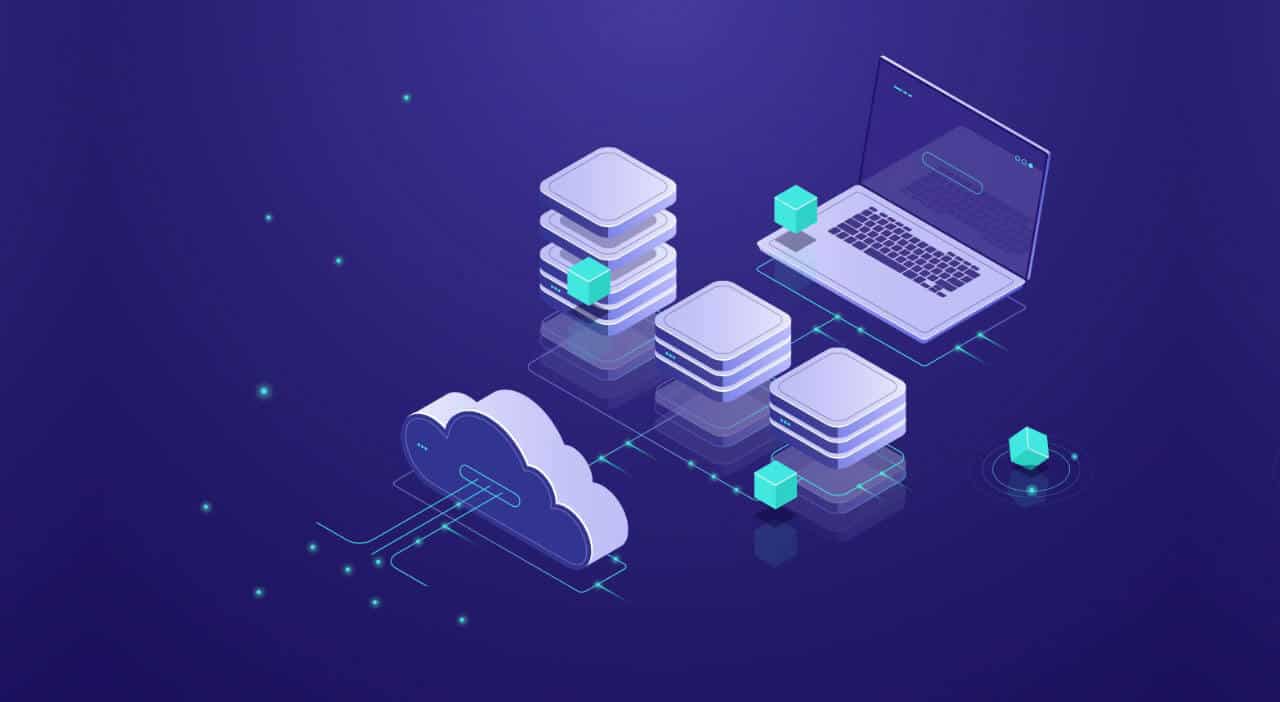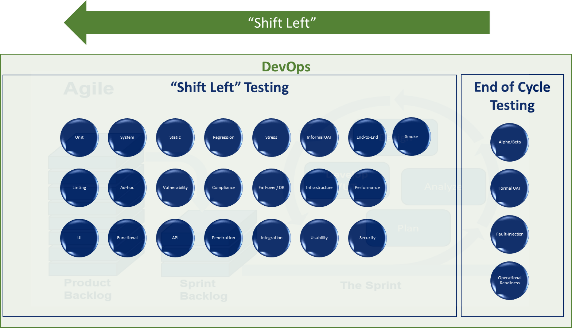By: Mark Lewis, SVP Sales and Marketing
Cloud has become a formidable force for enterprises across all verticals. It is no longer a technology choice that only some businesses use for cost or elasticity advantages. It’s becoming a fundamental shift for almost every business because of its multiple benefits.
Moving to the cloud helps businesses:
- Cut cost and scale up, down, in, and out dynamically.
- Quickly and accurately provision resources.
- Reduce capex-heavy IT infrastructure spend.
- Leverage the power of flexibility and elasticity crucial for today’s digital transformation needs.
The IDG Cloud Computing Survey 2020 shows,
- Almost 59 percent of organizations would be mostly or all in the cloud within 18 months.
- 32 percent of respondents said that their organizations’ budgets are being spent on cloud computing.
- Interestingly, 54 percent of applications that were currently running in the cloud were existing ones that were migrated there from on-premise infrastructure.
- As to the ones that were purpose-built for cloud, the number was 46 percent.
Yes, that’s a reality. Cloud also means different workloads. The applications that used to run in a legacy environment will no longer fit in a cloud scenario. Cloud needs applications that can be modular, flexible, and agile for instant changes. Monolithic applications cannot leverage the benefits that cloud investments are supposed to bring. This is where a strong DevSecOps strategy shines.
With DevSecOps, migrate to the cloud with confidence
With DevSecOps, the entire application development process becomes iterative, flexible, and agile. By breaking the boundaries around Dev, Ops, and Security areas, DevSecOps allows applications to be developed quickly and outcome-oriented without compromising security or performance issues.
The approach also reduces deployment risks and speeds up release cycles by migrating manageable chunks wherever required. For cloud migration exercises, this strategy becomes a savior of sorts.
With DevSecOps firmly in place, cloud migrations can be done:
- In comprehensive ways, but without leading to unnecessary delays,
- By identifying latency and speed metrics of applications well in advance,
- With a focus on the ultimate user experience and last-mile customer impact,
- Causing no redundancy and without leading to expensive downtime,
- In modular ways with dynamic-provisioning,
- With streamlined execution,
- Leaving no blind spots for vulnerability or security-risks,
- By removing parts of applications that are adding burden to on-premise environments,
- In a quick and integrated way so that all processes can be seamlessly connected,
- Leaving no gaps between on-premise and cloud workloads,
- By deploying frequently and in incremental ways using smaller change deltas,
- By robustly using feedback loops so that one can find and fix bugs and issues in proactive ways,
- By reducing the risk of critical workload-migration,
- With the ability to minimize repetition and costs; by orchestrating the entire process in an agile manner,
- Easily where you can automate repeatable parts and sequences of an application,
- With adequate support to life-cycle areas like build, test, deploy, scale, fail-over, recover,
- By having the ability to execute quick changes to final software and production services and,
With the right use of automation – especially for high-risk, large, and complex projects.
No need to rewind
According to an IDG survey, 27 percent of organizations have already moved or plan to move apps/workloads from the cloud back on-prem. This repatriation trend can only be explained by the problems that enterprises face in cloud migration projects.
Incomplete or problem-heavy cloud migration defeats the entire purpose of moving to Cloud. The improved costs, scalability, and flexibility that one expects from cloud investments get diminished when migrations fail.
So as an enterprise, you can, and should, use a variety of tools and approaches to enable a smooth cloud migration. You can deploy a refactoring strategy or re-host strategy. You can go granular or a heavy-lift of an entire set of workloads. You can use platform architects, domain experts, and cloud specialists to see you through the entire process with no hiccups.
Using the right partner and advisor will allow you to make the right choices and use DevSecOps favorably for cloud migration projects. Now, if you want to spin up a new application in a cloud environment or shift an existing application for fast production, that’s not as difficult anymore.



